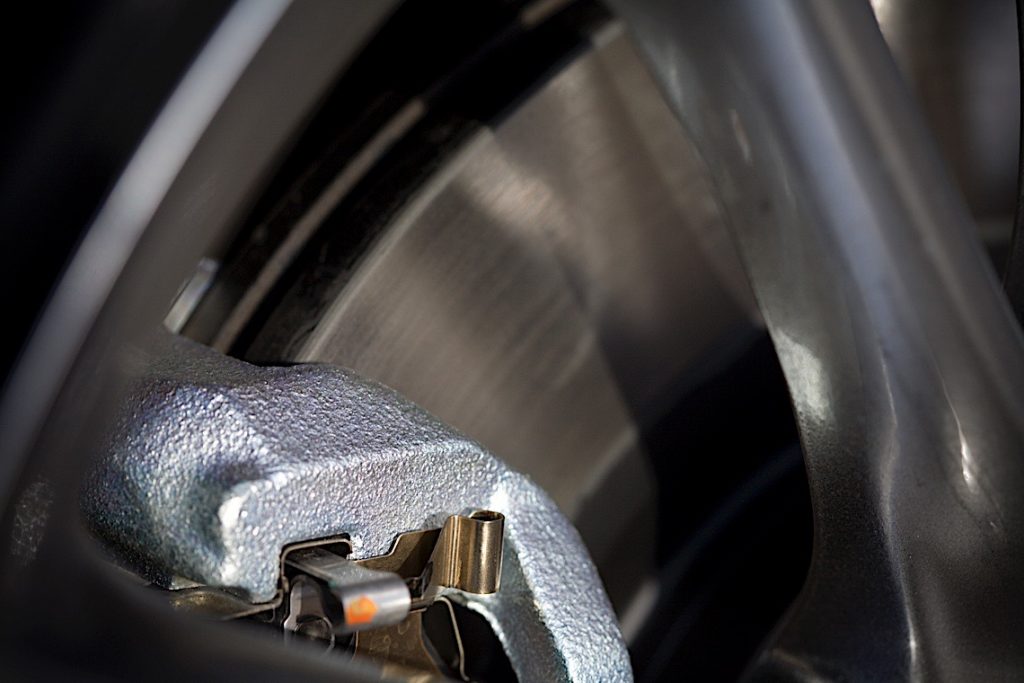![]()

Starting in the 1960, many cities started a “bare pavement policy” when it came to treating the roads. Before this policy change, snow on the road would be plowed away and either grit or cinders were thrown on the roads. Thanks to more idiots driving, the only way to keep roads moving is to use rock salt and now brines.
Bob Baboian, is a fellow at the National Association of Corrosion Engineers and he gave an interview at the Washington Post about brines.
“Inside that garage is a 100 percent time of wetness and a very corrosive situation,” said Baboian, who has written two books on automotive corrosion. “Sometimes the corrosion rate can be 100 to 1,000 times faster in the higher humidity and the higher temperature.”
He also exposes what happens when the brines dry out:
“The salt brine already is a frozen liquid, so the automobiles driving over that will get sprayed in the undercarriage and all the crevices, the wheels where the brake pads are and all of that,”
Read More at the Washington Post
